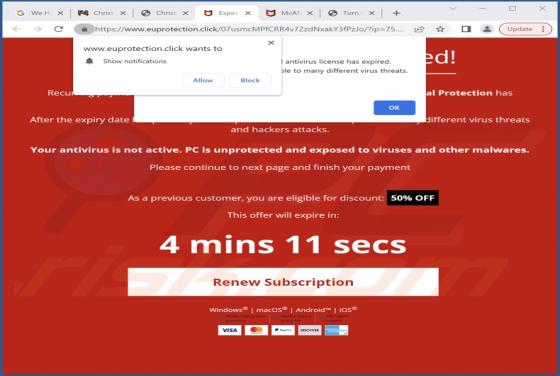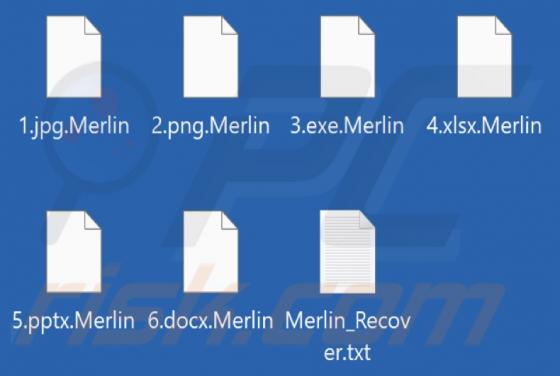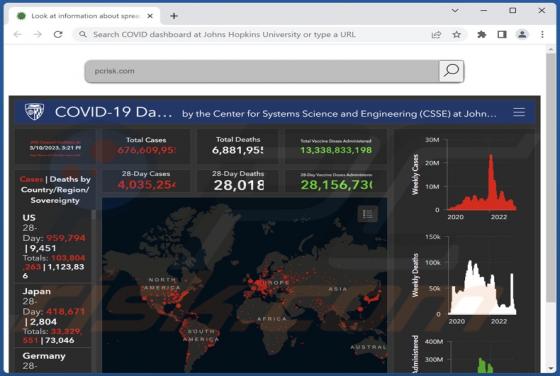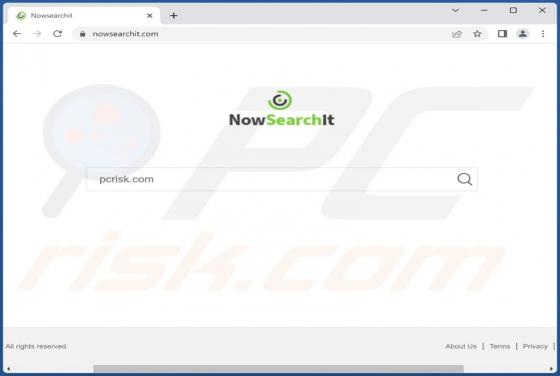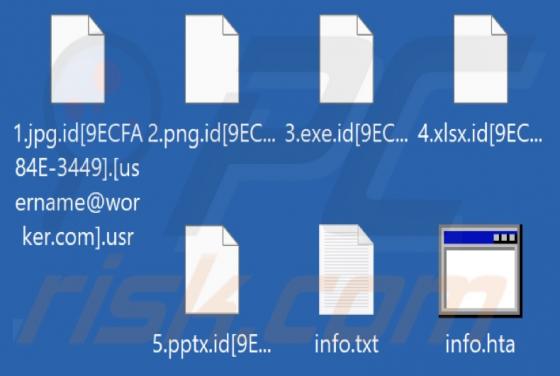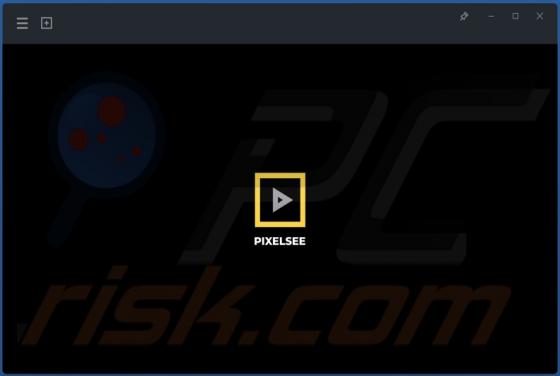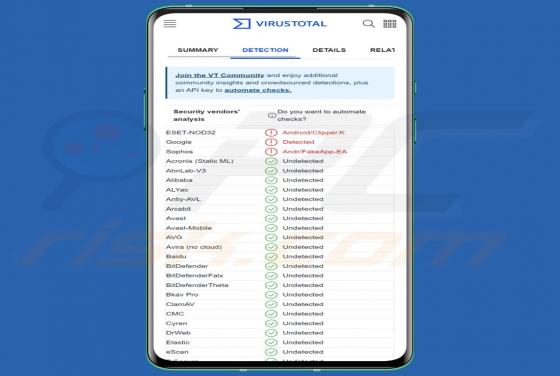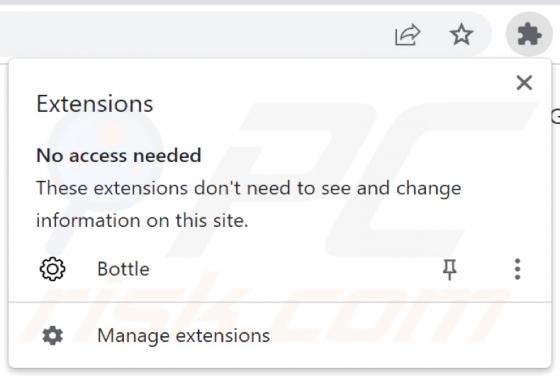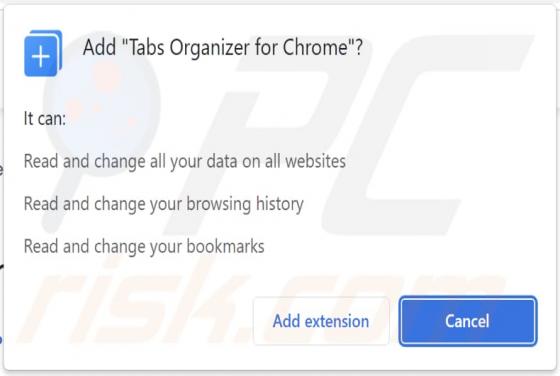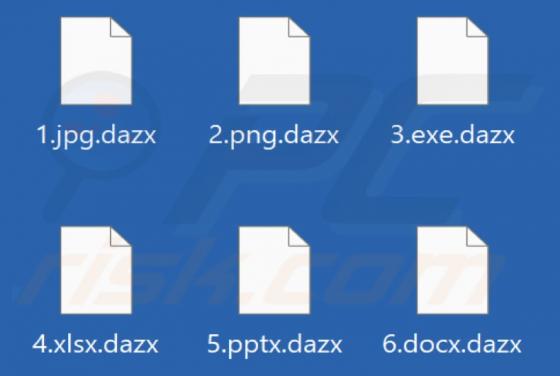
Dazx Ransomware
Our team found Dazx, a member of the Djvu ransomware family, during a review of malware samples submitted to VirusTotal. The primary objective of Dazx is to encrypt files. Also, this ransomware modifies filenames by adding the ".dazx" extension to filenames and creates a ransom note named "_readme
